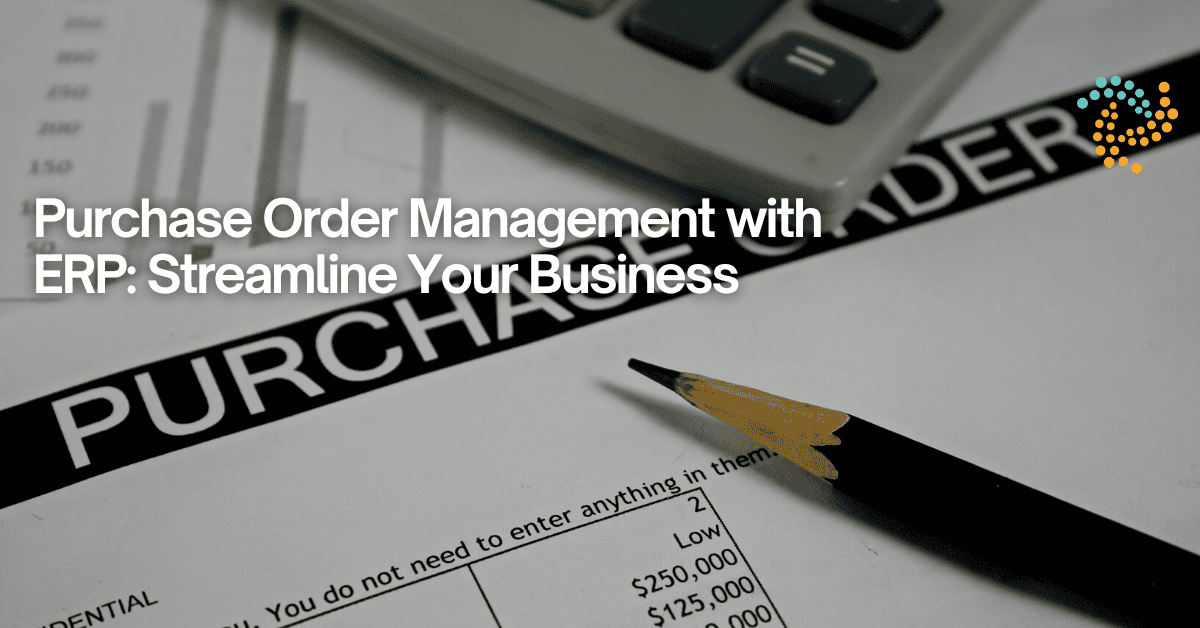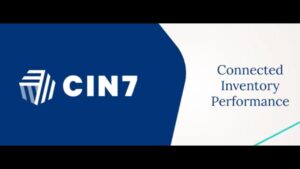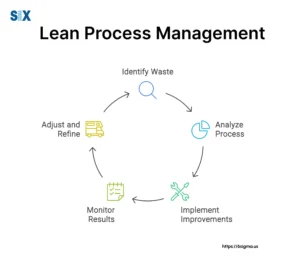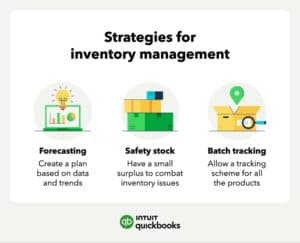Streamline Your Business with Effective Purchase Order Management
Efficient purchase order management ensures seamless procurement, better resource control, and optimized business operations.
Introduction:
For any business that deals with suppliers and inventory, purchase orders (POs) are an essential component of managing the procurement process. Streamlining this process reduces errors, ensures timely deliveries, and keeps your inventory at optimal levels. This article explores how to effectively manage purchase orders using the right tools to boost efficiency and control over your supply chain.
What is Purchase Order Management?
Purchase order management involves overseeing the process of creating, sending, tracking, and processing purchase orders to ensure timely procurement of goods and services. It includes everything from generating POs to tracking supplier deliveries and managing inventory levels. A well-structured purchase order process ensures that businesses avoid overstocking or running out of critical supplies.
Key Benefits of Purchase Order Management:
- Reduced Errors: Automating PO generation reduces the risk of human errors, ensuring accurate order details.
- Cost Control: Better oversight of purchase orders allows businesses to manage budgets effectively.
- Improved Supplier Relationships: A streamlined PO process ensures timely payments and deliveries, improving relationships with suppliers.
Why Efficient Purchase Order Management Matters
Efficient purchase order management isn’t just about keeping track of your purchases. It’s about creating a seamless, automated process that ensures your business runs smoothly, from procurement to delivery. Here are a few reasons why implementing effective PO management is crucial:
1. Improved Accuracy and Fewer Errors
Manually creating and tracking purchase orders can lead to costly mistakes. Using purchase order management software reduces the risk of duplicate orders, incorrect quantities, and other errors, ensuring that your business operations run smoothly.
2. Enhanced Supplier Communication
A clear and transparent PO process fosters better relationships with suppliers. Purchase order tools provide automatic updates to suppliers, ensuring both parties are always aligned on orders, quantities, and delivery schedules.
3. Budget Control and Forecasting
Tracking purchase orders helps businesses understand spending patterns and better manage their procurement budgets. Tools like Katana Cloud Inventory and Cin7 offer real-time updates on purchase orders, giving businesses the data they need to plan future purchases based on demand and budget constraints.
4. Real-Time Inventory and Supply Chain Insights
With integrated purchase order tools, businesses can maintain optimal stock levels. PO systems like Zoho Inventory allow for real-time tracking of inventory as new purchases are made, ensuring that supply chain disruptions are minimized.
How to Streamline Your Purchase Order Process
Implementing the right strategies and tools can significantly improve the efficiency of your purchase order management. Here are some key steps to help you streamline the process:
1. Automate Purchase Order Creation
One of the easiest ways to streamline the purchase order process is through automation. Tools like Cin7 and Katana Cloud Inventory automatically generate POs when inventory levels drop below a certain threshold. This ensures that you never run out of critical supplies and reduces the time spent on manual data entry.
2. Set Up Approval Workflows
Establishing an approval workflow for purchase orders ensures that no unnecessary or incorrect orders are processed. By requiring management approval before POs are sent, businesses can control spending and ensure that all purchases are necessary and within budget.
3. Monitor Supplier Performance
Tracking supplier performance is essential for ensuring timely deliveries and maintaining quality. Purchase order management tools allow businesses to monitor supplier lead times and the quality of goods received. With data-driven insights, you can make more informed decisions about future supplier relationships.
4. Integrate Purchase Orders with Other Business Systems
For maximum efficiency, your purchase order system should integrate seamlessly with other business tools, such as inventory management, accounting, and ERP systems. This ensures data flows smoothly across departments and provides a holistic view of business operations. Tools like Zoho Inventory and Fishbowl are excellent for integrating POs with other systems to streamline workflows.
Common Challenges in Purchase Order Management and How to Overcome Them
Managing purchase orders can be challenging, especially as a business grows. Here are some common issues and solutions to help you improve your PO management:
1. Lack of Visibility
Without a centralized system, tracking purchase orders across multiple departments can be difficult. To solve this, use purchase order management software that offers real-time tracking and reporting, providing visibility over every stage of the procurement process.
2. Manual Data Entry Errors
Manual processes are prone to errors, especially when dealing with large volumes of orders. Automating your purchase order process reduces the risk of human error and ensures accurate order details.
3. Inconsistent Supplier Performance
Late deliveries or poor-quality goods can disrupt your supply chain. By tracking supplier performance through purchase order management tools, businesses can identify and address issues before they escalate.
FAQs
What is a purchase order?
A purchase order (PO) is a document sent from a buyer to a supplier requesting the purchase of specific goods or services. It outlines details such as quantity, price, and delivery terms.
Why is purchase order management important?
Purchase order management ensures that businesses procure the right quantity of goods at the right time. It reduces the risk of overstocking or stockouts, controls costs, and improves supplier relationships.
Can small businesses benefit from purchase order management tools?
Yes, even small businesses benefit from purchase order management tools like Zoho Inventory and Cin7. These tools automate the procurement process, reduce errors, and provide valuable insights for better decision-making.
What features should I look for in a purchase order management tool?
Look for features like automated PO generation, approval workflows, real-time tracking, supplier performance monitoring, and integration with other business systems like inventory management and accounting.
How can purchase order tools reduce costs?
Purchase order tools reduce costs by optimizing procurement processes, preventing over-ordering, and providing visibility into spending patterns. Automation also reduces labor costs associated with manual order processing.
Top Tools to Simplify and Scale Your Purchase Order Management
- Katana Cloud Inventory – Provides real-time updates on inventory levels and automates purchase order creation, ensuring businesses always have the right amount of stock.
- Cin7 – A comprehensive inventory and purchase order management tool that automates POs, integrates with other business systems, and tracks supplier performance.
- Zoho Inventory – Offers a user-friendly platform for managing purchase orders, inventory, and supplier relationships, ideal for small to medium-sized businesses.
- Fishbowl – Designed for manufacturing and warehouse management, Fishbowl provides tools to streamline purchase orders, track inventory, and monitor supplier lead times.
- TradeGecko – Now part of QuickBooks Commerce, TradeGecko offers advanced features for managing purchase orders and tracking supplier performance.
Keywords: purchase order management, procurement tools, PO automation, inventory management, supplier tracking, supply chain efficiency, budget control, real-time tracking






